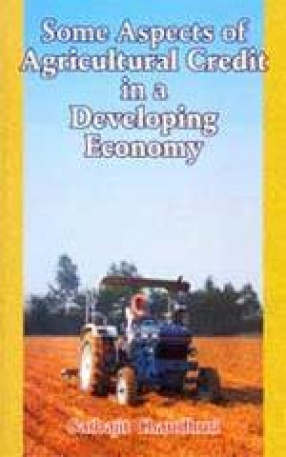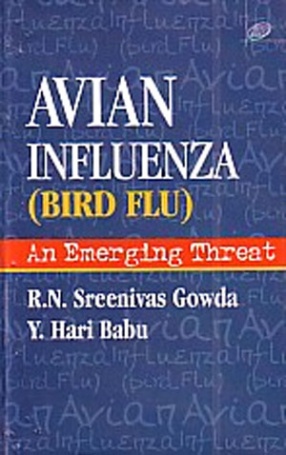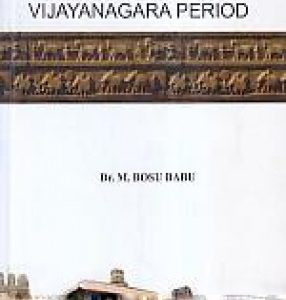The papers in this volume seek to focus through rigorous mathematical models on some important aspects of rural economy in the late developing countries. The emphasis is on filling in the gaps in the existing theoretical literature on rural markets in these countries by constructing models, which are more realistic and free from the disquieting features of the existing models in this field. The models in this volume have been built around the typical environmental and socio-economic conditions as well as behaviour patterns in the less developed countries, e.g., price uncertainty, in the product market, production uncertainty, crop insurance scheme of the government, delay in the disbursement of formal credit, price and credit subsidy policies of the government etc. The Principal-Agent framework and Game Theory have been pressed into service where necessary. The book presents, inter alia, two models on credit-product interlinkage, one model on interlinked credit-share tenacy contract, and three models on interaction between formal and informal credit markets. A new theory of interest rate determination in the informal credit market has also been provided, which can explain the prevalence of high interest rate in that market. The effects of price and credit subsidy policies on the productivity of farmer’s land and alternative ways of formulating a credit subsidy policy have been studied. Finally, there is an empirical analysis of the flow of formal credit to farmers based on a survey of two selected villages in West Bengal, India.
Taxonomy of Microbiology
$72.90
$81.00





There are no reviews yet.